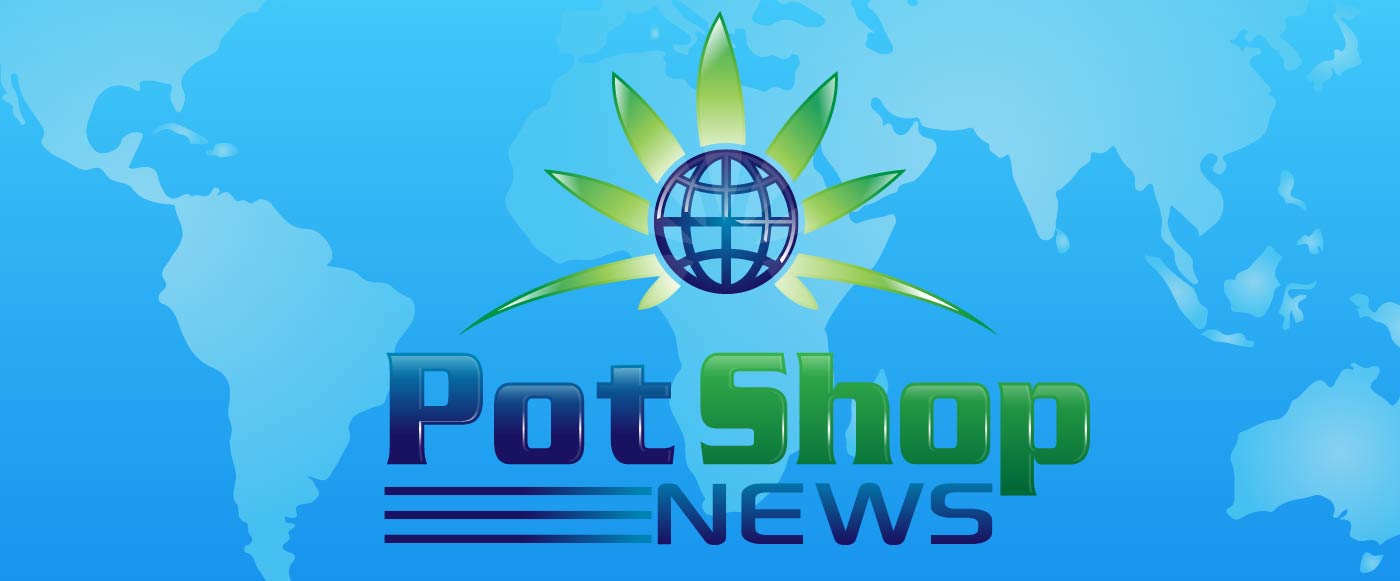The detection and seizure of weed and cocaine by customs officials across Delhi, Mumbai, Chennai, and other zones surged in the run up to the Christmas and New Year celebrations, with cases even involving foreign nationals concealing narcotics worth crores in their bodies.
Delhi customs reported registered nearly half a dozen cases in December alone involving foreign nationals arriving at Indira Gandhi International Airport (IGI) from Kenya, Brazil, the Philippines, and other countries hiding over Rs 50 crore worth of cocaine capsules inside their bodies.
Just a week before Christmas, Mumbai customs reported multiple large seizures of hydroponic weed (marijuana) worth crores at Mumbai International Airport. The contraband was hidden in breakfast cereal boxes, passenger baggage, food packets, undergarments, and toys. Earlier last month, Mumbai customs destroyed narcotic drugs and psychotropic substances (NDPS), such as heroin, cocaine, marijuana, and charas worth Rs 410 crore, weighing nearly 55 kg, at the Common Hazardous Waste Treatment, Storage & Disposal Facility in Navi Mumbai.
Meanwhile in Chennai, customs reported that the Air Intelligence Unit seized cocaine worth Rs 14.2 crore, weighing 1,424 grams, from a Kenyan woman traveling from Addis Ababa on December 7.
Global cocaine production reached a record high in 2022, with over 2,700 tonnes produced and 355,000 hectares under coca bush cultivation — a 20 per cent increase from the previous year.
Modus Operandi
In what could suggest the involvement of organised crime networks, traffickers could be using identical methods to smuggle cocaine into the country since a number of cases emerged where capsules were hid inside human bodies and required medical extraction at Delhi’s Safdarjung Hospital.
In one such case, Delhi customs intercepted two passengers, a man and a woman, traveling from Sao Paulo, Brazil, via Paris on December 24. Both passengers exhibited “unusual behaviour” after crossing the green channel and “voluntarily” admitted to carrying illicit goods.
Under medical supervision at Safdarjung Hospital, a total of 105 capsules containing 937 grams of cocaine were recovered from the male passenger, while 58 capsules containing 462 grams of cocaine were recovered from the female passenger. The estimated value of the seizure was Rs 20.98 crore, officials said in a statement.
Advertisement
Another case involved a Filipino national traveling from Bangkok via Addis Ababa on December 13. The individual had ingested 90 cocaine capsules, weighing 676 grams and valued at Rs 10.14 crore, which were extracted through medical procedures.
Intelligence Input
While vigilance and “cutting-edge profiling techniques” are being used to prevent the entry of illicit products into the country, customs officials are also relying on intelligence inputs to identify perpetrators.
For instance, on December 19, Mumbai customs intercepted a passenger arriving from Bangkok and seized hydroponic marijuana worth Rs 11.32 crore. The contraband, weighing 11.322 kilograms, was hidden in vacuum-sealed plastic pouches inside the passenger’s trolley bag.
The Directorate of Revenue Intelligence (DRI), in its 2023–24 report, said that India has witnessed a marked increase in the availability and use of both traditional drugs, such as cocaine, heroin, cannabis, and opium, and synthetic substances like methamphetamine, MDMA, and other new psychoactive substances (NPS).
Advertisement
The report said that there is also an increase in the illicit export of “Indian-manufactured pharmaceutical products” that can substitute for narcotic substances. The rise in cocaine smuggling is particularly notable, with trafficking routes extending from South America via Africa and the Middle East.
Global cocaine production on the rise
Global cocaine production reached a record high in 2022, with over 2,700 tonnes produced and 355,000 hectares under coca bush cultivation—a 20 per cent increase from the previous year, according to the United Nations World Drug Report 2024,
Cocaine trafficking has expanded eastwards over the past decade, with several Asian countries reporting large seizures and increasing demand in emerging markets. In Oceania, trafficking continued to rise in 2022.
The illicit supply and use of ketamine are also growing in East and South-East Asia, as well as in new markets across Europe, Oceania, and North America. Illicitly produced ketamine is marketed in visually appealing mixtures such as “pink cocaine” and “happy water.” Global seizures of ketamine reached a record high in 2022, with a 70 per cent increase in East and South-East Asia and notable rises in other regions, the report said.
Just a week before Christmas, Mumbai customs reported multiple large seizures of hydroponic weed (marijuana) worth crores at Mumbai International Airport. Read More

